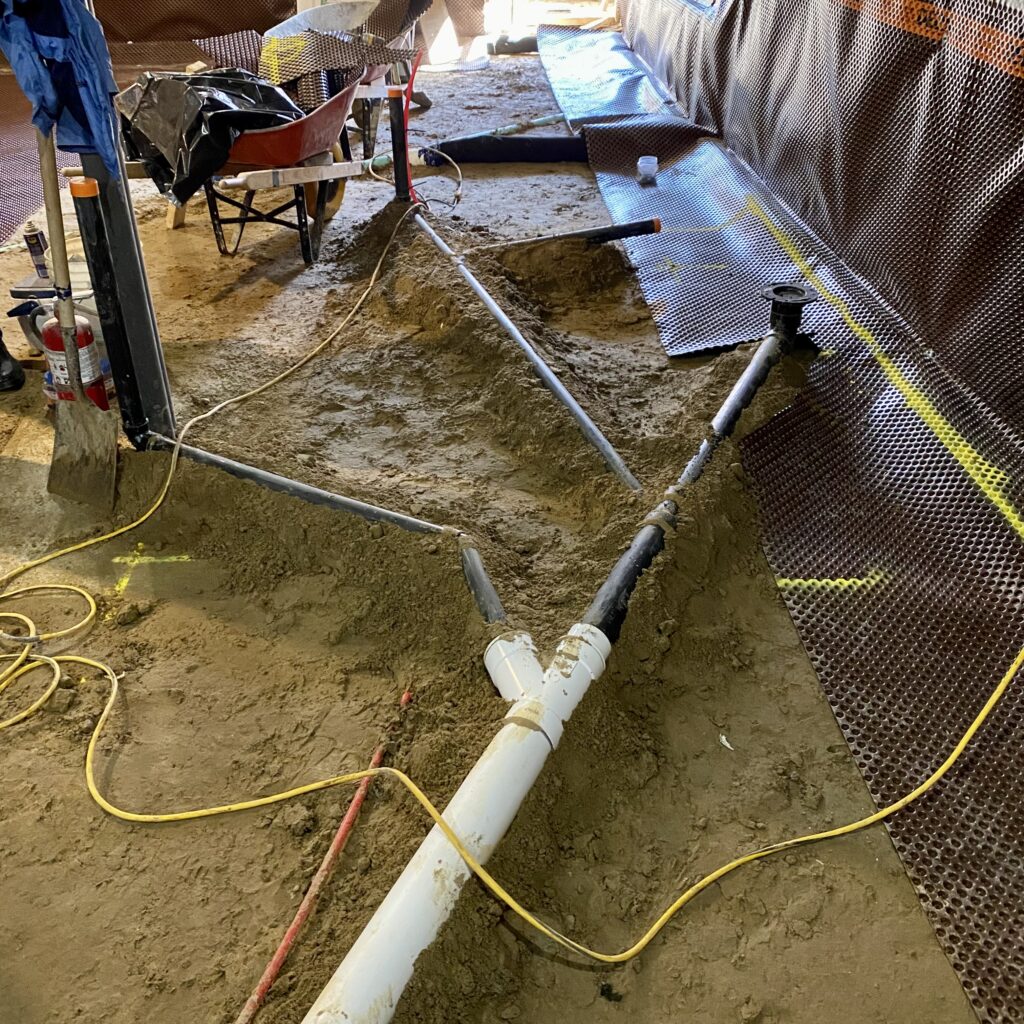Weatherproofing your home for a changing climate

On July 8, Toronto will mark the ten-year anniversary of the great rainstorm that cost the city $65 million. You may recall submerged cars on the Don Valley Parkway.
According to Toronto’s Future Weather and Climate Driver Study, in just 20 years Toronto can expect an average 4.4 C increase in annual temperatures, and more extreme rainstorms.
Will your house withstand the assault of chronic heat, high speed winds and heavy rain?
My very first mentor in green building, Chris Magwood, stressed the importance of having a good hat and boots when it comes to your home. In other words, secure and waterproof your roof and basement.
When it comes to the roof, most people choose asphalt over metal due to the upfront price. A metal roofing system typically costs two to three times that of asphalt shingles. But when you consider the lifecycle costs of each roofing type, the picture changes.
Asphalt shingles last only 15 years while a metal roof tends to last 50 – three times longer or more. Throw in more extreme weather events. Asphalt is vulnerable to high winds. A good metal roof on the other hand is less so and often comes with a 50-year transferable warranty.
Installing proper eavestroughs is another essential step to protect your home. Ensure that your downspouts extend at least a meter from your house.
This brings us to waterproofing your basement. Toronto’s 100-year-old plus basements were originally built unfinished and were not waterproofed. Basements were originally intended as cold cellars, and certainly not to be lived in. Water vapour from the surrounding soil was intended to pass through permeable foundations into the unoccupied space and eventually out of the house. That’s why spray foaming directly onto an interior foundation wall or trying to coat old foundations with impermeable waterproofing applications can lead to problems. Vapour that’s intended to pass through the home can get trapped in your walls. You don’t want moisture eating away at your foundation.
Waterproofing the exterior is ideal, but an impossibility for many Toronto homes with limited space between houses. The best alternative for most of us is to place what is called a dimple board membrane across all below-grade walls. This membrane creates a drainage plane, guiding any water to below the slab, through the home’s drainage system and away from the interior. Only then should insulation and finishes be installed.

Renovating your basement also offers a great opportunity to install a sump pump and a backwater valve to redirect rising water from your home. Be sure to consider investing in a sump pump with a battery backup – just in case an extreme weather event knocks out your power. The City of Toronto offers a rebate of up to $3,400 per property to install flood protection devices.
We’re going to see more expensive rainstorms in the next 10 plus years. Weatherproofing your home might be one of the wisest investments you’ll make.
Chris Phillips, Greening Homes’ founder and President, is an expert contributor of Neighbours of High Park Magazine. This article appeared in the June 2023 issue.